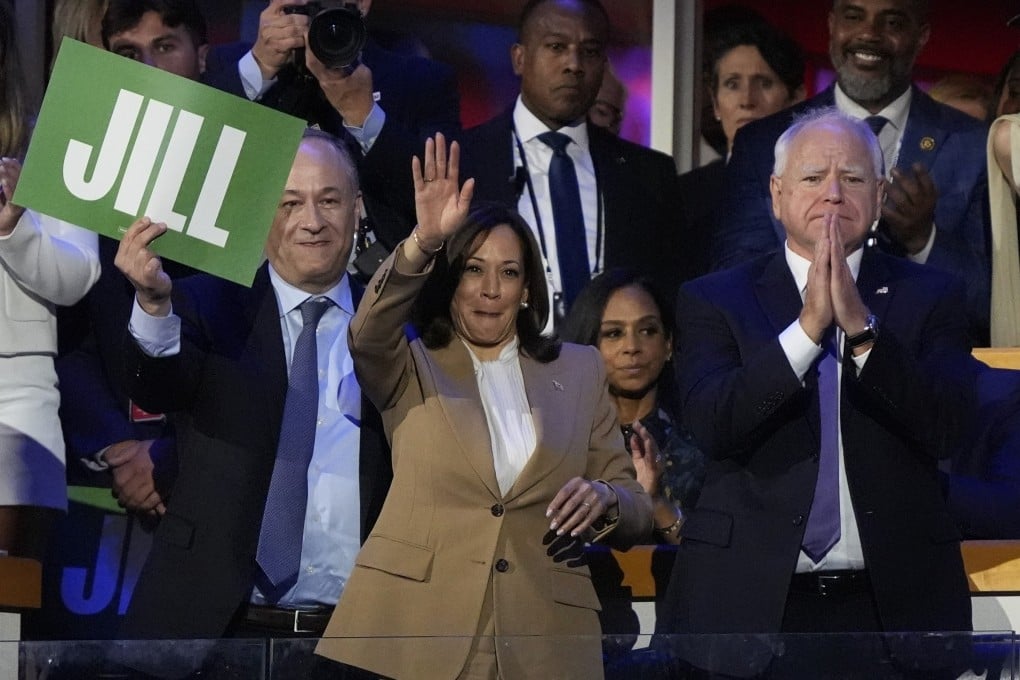Advertisement
Opinion | Kamala Harris could be the next Richard Nixon on US-China relations
- Vice-presidential nominee Tim Walz’s views on China raise the chances of a badly needed Nixon-like initiative by a Harris administration
Reading Time:3 minutes
Why you can trust SCMP
6

Fifty years ago this month, Richard Nixon resigned as US president. With all eyes on November’s presidential election, the anniversary provides an occasion to consider the inherent contradictions of American political leadership.
Advertisement
Nixon’s abuses of executive power contrasted sharply with his foreign policy achievements. As an avowed anti-communist, he surprised the world by going to China in 1972. Nixon’s triangulation strategy effectively isolated the former Soviet Union, ultimately helping to bring the Cold War to an end.
Could such a breakthrough happen again? The looming superpower clash between the United States and China certainly begs for another strategic breakthrough. The two countries are on a collision course with no realistic off-ramp. It wouldn’t take much – an incident in the Taiwan Strait or the South China Sea, or an escalation of US containment policy – to trigger conflict escalation.
Former president Donald Trump, should he win in November, seems unlikely to resolve the US-China conflict. As he did in his first administration, he intends to lead with tariffs. Trump has proposed raising US tariffs on Chinese imports to between 50 per cent and 60 per cent after having raised them during his first administration from 3 per cent in early 2018 to 19 per cent in 2020.
As was the case with Trump’s earlier tariffs, this effort would backfire. For starters, tariffs are a tax on Chinese exporters that raise prices for US consumers. According to recent research by the Peterson Institute of International Economics, the additional costs from Trump’s new proposed tariffs would be at least 1.8 per cent of GDP, nearly five times those caused by his first round.
Advertisement
Second, tariffs on China do not reduce the overall trade deficit for a savings-short US economy. Instead, they shift the deficit to other, largely higher-cost, foreign producers. That is what happened after Trump’s initial tariffs: the bilateral imbalance with China shrank, but increased deficits with other countries more than offset it.

Advertisement
